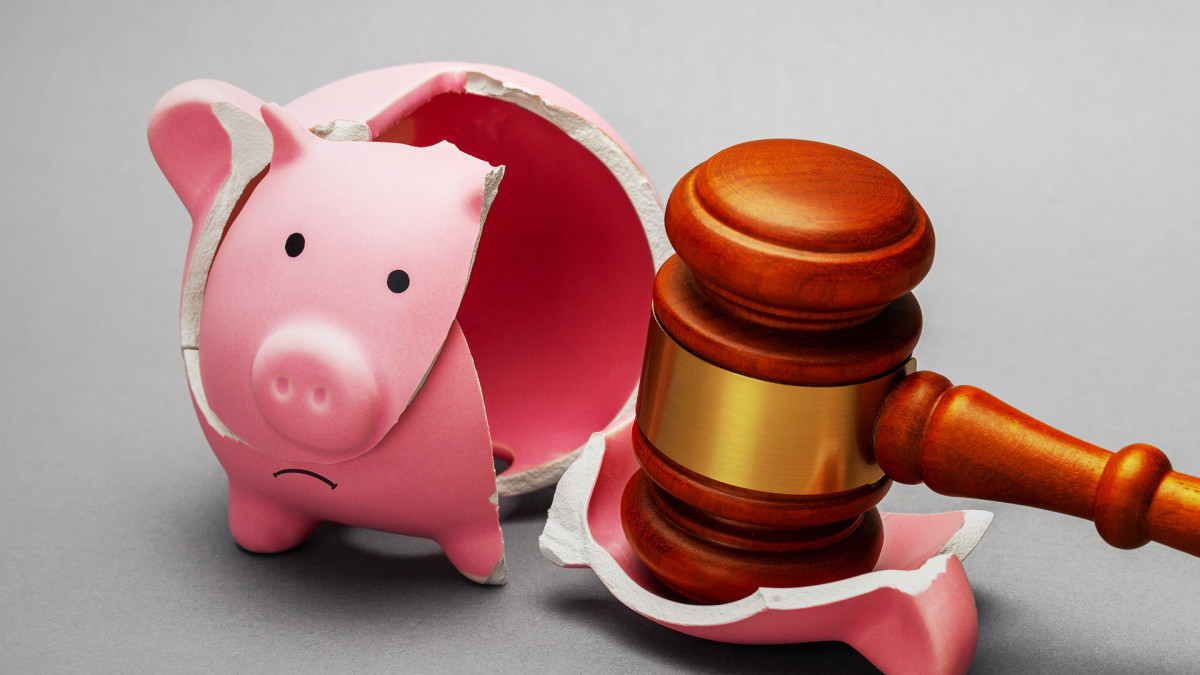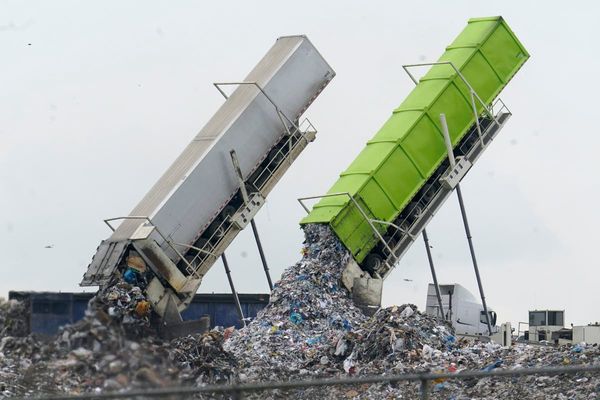
Bankruptcies happen for a variety of reasons. In the case of the recent failures of retailers Bed Bath & Beyond, Tuesday Morning, and Christmas Tree Shops, the companies simply could not sell enough merchandise to pay their bills.
In the retail world, many companies built up debt during the Covid pandemic that they struggled to keep up with once the world opened back up. In some cases, it wasn't that business dried up or that sales were dramatically lower than they were before the pandemic forced some non-essential brick-and-mortar locations to close.
Related: Bankruptcy expert says this popular retailer will close many stores
Instead, these companies saw small drops in sales and significant increases in costs. Higher gas prices led to increased freight charges and inflation pushed prices higher. Add in that labor costs have increased and some debt-laden retailers tipped from profit to loss and ended up in a death spiral.
Not every bankruptcy, however, comes because of a sales drop and/or rising costs. In some cases, an outside cause can push a company to the brink of survival.
That's what's happening with healthcare giant Johnson & Johnson (JNJ) -). The iconic brand faces massive liability due to tens of thousands of personal injury lawsuits related to its talc products allegedly causing ovarian cancer.
The company, which has tried to file Chapter 11 through its LTL Management affiliate but was denied by a bankruptcy court in New Jersey, has a new plan to resolve its massive liabilities.

Image source: Shutterstock
Johnson & Johnson considers bankruptcy
This case has nothing to do with Johnson & Johnson's ongoing operations. Instead, the company faces more liability in the talc lawsuits than it has in cash reserves.
The company is pursuing a number of options to file for bankruptcy in order to settle those claims. Erik Haas, Johnson & Johnson's Worldwide Vice President of Litigation talked about the various options, including appealing the LTL bankruptcy filing during the company's third-quarter earnings call.
"We are pursuing the appeal through to the Supreme Court to the United States of the July ruling by the New Jersey Bankruptcy Court that dismissed LTL's bankruptcy case. Notably, our appeal recently was joined by counsel representing the vast majority of the talc claimants," he said.
In addition to pursuing that appeal, which the company believes has merit, but will take months to resolve, Johnson & Johnson is also following a secondary strategy.
"The second prong of our strategy involves working with the counsel, representing the vast majority of the talc payments more than we had previously that were along with us, along with the -- and in addition to the future claims representatives. And together with the counsel and the future claims representatives, we're pursuing a consensual resolution of the talc claims through another bankruptcy," he said.
Johnson & Johnson has repeatedly denied claims that its talcum powder is unsafe.
Johnson & Johnson has a strategy
In addition to the strategies detailed above, Johnson & Johnson plans to ask the Supreme Court to allow its original bankruptcy filing under LTL.
"We are pursuing the appeal through to the Supreme Court to the United States of the July ruling by the New Jersey Bankruptcy Court that dismissed LTL's bankruptcy case," Haas said.
The company expects that to happen after the U.S, Third Circuit Court of Appeals, denies its appeal of the bankruptcy dismissal. The Third Circuit covers Pennsylvania, New Jersey, Delaware and the U.S. Virgin Islands.
"Because we do anticipate the third circuit will summarily affirm the application of its standards, we will immediately thereafter, request the Supreme Court to resolve the circuit split and decide if the third circuit's novel approach is an appropriate standard for deciding a motion to dismiss. We do not think it is," he added.
The Wall Street Journal explained one of the strategies Johnson & Johnson is pursuing in an Oct. 21 article.
"In recent years, other companies have used similar tactics to hive off asbestos-related liabilities into subsidiaries that were then placed in Chapter 11. The Texas Two-Step opens a path for resolving mass tort liabilities through the tools of Chapter 11 while keeping affiliates and parent companies safe from the value destruction that would result from filing for bankruptcy themselves," the paper's Andrew Scurria wrote.
Exactly how Johnson & Johnson files bankruptcy, if the courts allow it, would determine the impact on shareholder equity. The company's stock is down 13.4% year-to-date.







